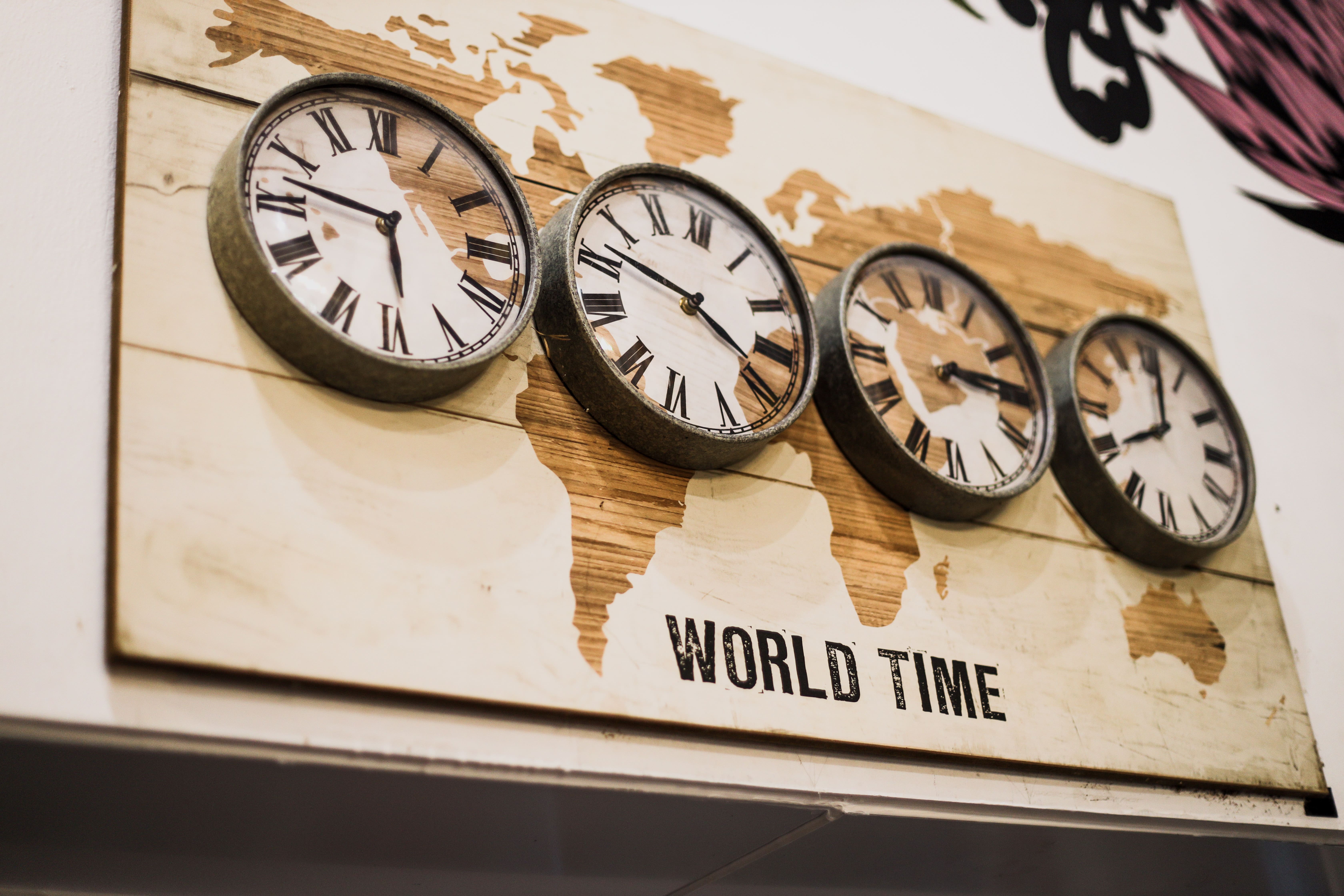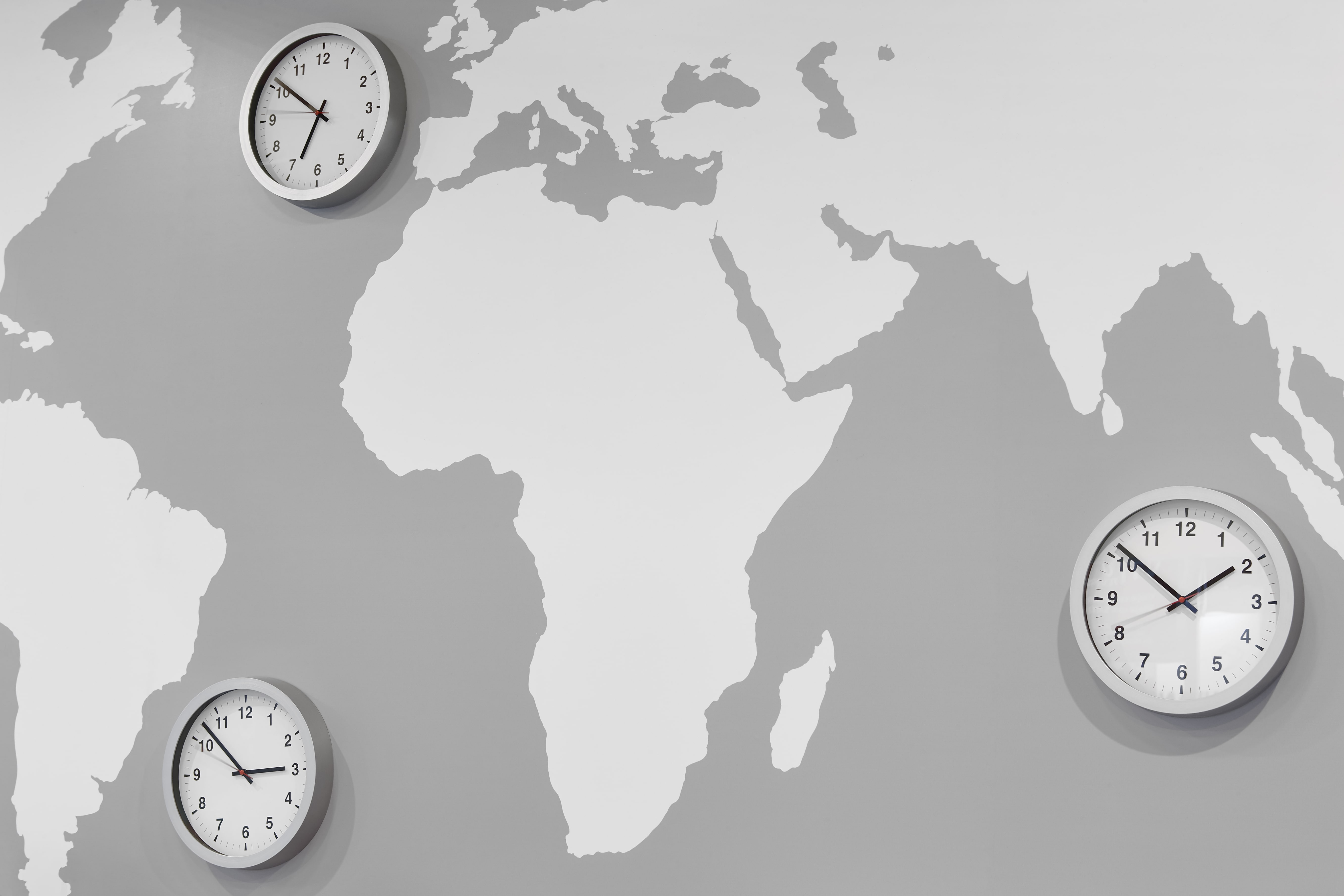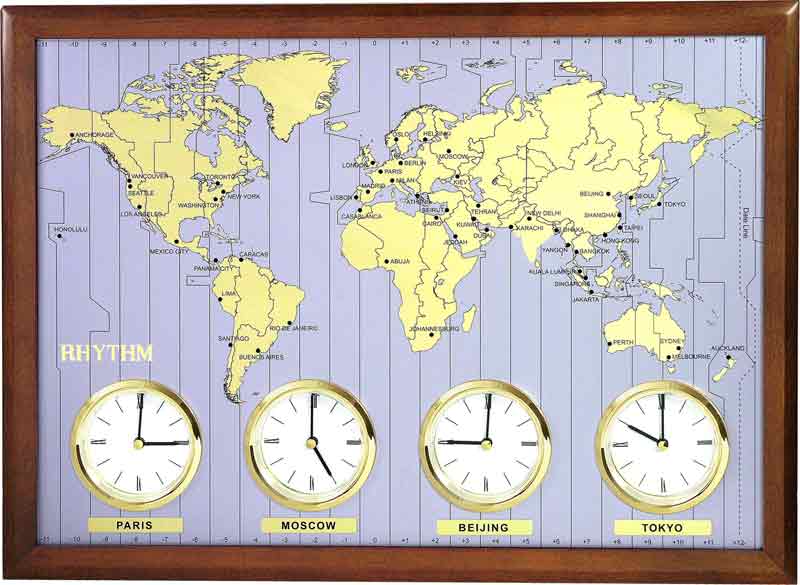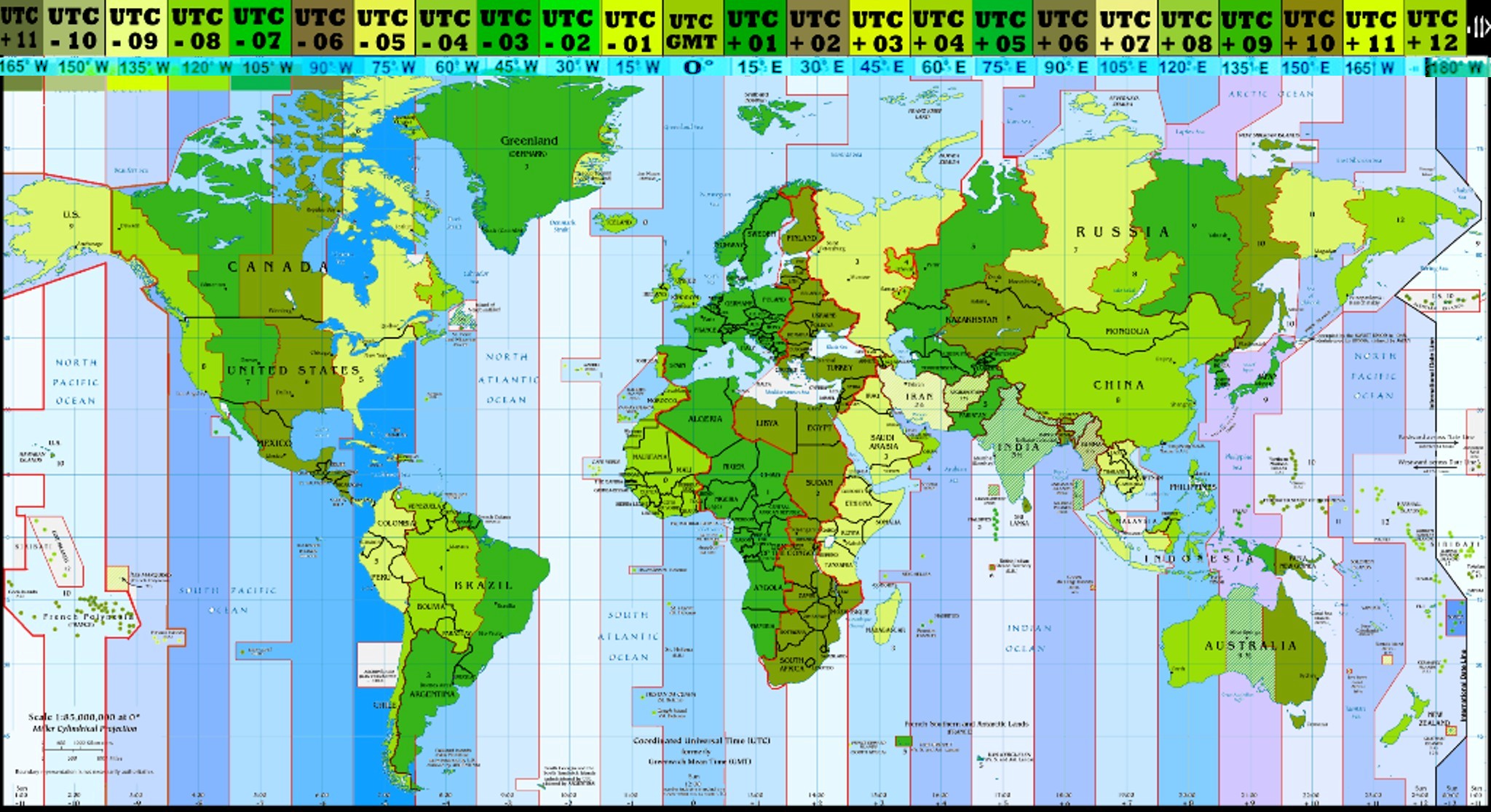World Watch Time: Navigating the World Clock
Associated Articles: World Watch Time: Navigating the World Clock
Introduction
With enthusiasm, let’s navigate via the intriguing subject associated to World Watch Time: Navigating the World Clock. Let’s weave fascinating data and provide contemporary views to the readers.
Desk of Content material
World Watch Time: Navigating the World Clock

Time, a seemingly common fixed, is surprisingly fluid and multifaceted when seen via the lens of worldwide views. World watch time, encompassing the complexities of time zones, daylight saving time, and the historic and cultural nuances of timekeeping, reveals an enchanting tapestry of human group and adaptation. This text delves into the intricacies of world watch time, exploring its origins, its present state, and the challenges it presents in an more and more interconnected world.
The Genesis of Standardized Time:
Earlier than the appearance of standardized time, native photo voltaic time reigned supreme. Every city or village operated by itself time, dictated by the solar’s place within the sky. This technique, whereas seemingly pure, proved more and more impractical as transportation and communication improved. The rise of railroads within the nineteenth century highlighted the chaos of inconsistent timekeeping. Practice schedules turned a logistical nightmare, and accidents stemming from timing discrepancies had been commonplace.
The answer emerged within the type of time zones. In 1884, the Worldwide Meridian Convention in Washington, D.C., established the Greenwich Imply Time (GMT), primarily based on the Prime Meridian passing via Greenwich, England. The world was divided into 24 time zones, every representing an hour of the Earth’s rotation. This technique, whereas not universally adopted instantly, steadily turned the usual, bringing order to a beforehand chaotic system.
Time Zones and Their Geographic Variations:
The 24 time zones aren’t completely uniform slices of longitude. Political and geographic boundaries usually dictate the exact demarcation of time zones. Nations might undertake a single time zone for nationwide unity, even when elements of the nation fall inside totally different longitudinal zones. This could result in variations in dawn and sundown instances throughout a nation. Moreover, some nations make use of a number of time zones to accommodate their huge geographical expanse, like Canada, Russia, and the USA.
The Worldwide Date Line, roughly following the a hundred and eightieth meridian, marks the transition between calendar days. Crossing this line eastward ends in shedding a day, whereas crossing westward positive factors a day. This seemingly easy idea has its personal complexities, as the road deviates from the meridian to keep away from bisecting landmasses and islands, creating irregular boundaries.
Daylight Saving Time: A Seasonal Shift:
Daylight Saving Time (DST), also called summer season, is a seasonal adjustment to clock time, sometimes shifting the clock ahead by one hour throughout hotter months. The purpose is to make higher use of daytime, extending daylight into the night. Whereas extensively adopted, DST stays a contentious situation. Arguments for its implementation middle on vitality financial savings and decreased crime charges, whereas opponents cite destructive impacts on sleep patterns, well being, and the disruption to day by day routines. Many nations have deserted DST or are contemplating doing so, reflecting the continued debate surrounding its effectiveness and societal influence.
The Position of Coordinated Common Time (UTC):
Whereas GMT served as the inspiration, Coordinated Common Time (UTC) is the trendy commonplace for timekeeping. UTC is basically a successor to GMT, however with improved precision and accuracy, using atomic clocks for its measurement. UTC serves as the idea for all different time zones, offering a worldwide reference level for time synchronization. That is essential for numerous purposes, together with satellite tv for pc navigation, monetary transactions, and worldwide communication.
Challenges in World Watch Time:
Regardless of the standardization efforts, challenges persist in managing world watch time. These challenges embrace:
- Time Zone Boundaries and Irregularities: The arbitrary nature of time zone boundaries results in inconsistencies and confusion, notably in border areas.
- Daylight Saving Time Implementation: The numerous adoption and implementation of DST throughout totally different nations and areas create scheduling complexities for worldwide companies and vacationers.
- Technological Developments: The growing reliance on world communication networks necessitates exact time synchronization, demanding subtle timekeeping infrastructure.
- Cultural Variations in Time Notion: Cultures maintain numerous views on time, starting from linear to cyclical views, influencing scheduling practices and societal norms.
- Geopolitical Components: Political instability and conflicts can disrupt timekeeping methods, notably in areas with weak infrastructure or ongoing conflicts.
The Way forward for World Watch Time:
The way forward for world watch time probably includes continued refinements to present methods and the exploration of other approaches. Technological developments will play an important function, with enhancements in time synchronization and the potential for extra versatile time zone methods. There’s ongoing dialogue about the opportunity of a single world time commonplace, although the sensible and cultural implications of such a drastic change stay substantial.
The growing interconnectedness of the world necessitates a strong and dependable system for managing time. Enhancements in know-how, worldwide cooperation, and a deeper understanding of the cultural context of time notion can be essential in navigating the advanced panorama of world watch time within the years to return. The challenges are vital, however the significance of a well-functioning world timekeeping system for commerce, communication, and world cooperation can’t be overstated. World watch time will not be merely a technical situation; it is a reflection of our world interconnectedness and our ongoing effort to prepare and handle our shared expertise of time. Because the world continues to evolve, so too will our strategies of measuring and understanding this elementary facet of human existence.








Closure
Thus, we hope this text has offered useful insights into World Watch Time: Navigating the World Clock. We hope you discover this text informative and useful. See you in our subsequent article!